Calisthenics: A Comprehensive Guide to Bodyweight Training
Are you tired of the monotony of traditional gym workouts? Do you want to challenge your body in a new and exciting way? Look no further than calisthenics, the method of training that uses only bodyweight exercises to build strength, flexibility, and endurance.
In this comprehensive guide, we’ll explore everything you need to know about calisthenics – from technique tips and suggested routines, to sample workouts and progressions for all fitness levels. Get ready to leave behind boring weight machines and embrace a dynamic new workout regimen with calisthenics!
What is Calisthenics?

Calisthenics is a form of exercise that uses your own body weight as resistance. This can be done with no equipment at all, or with minimal equipment such as a pull-up bar or dip station.
Calisthenics exercises can be divided into two main types: bodyweight exercises and weighted calisthenics. Bodyweight exercises use your own bodyweight as resistance, while weighted calisthenics use additional weight in the form of dumbbells, kettlebells, or barbells.
The benefits of calisthenics are many. First, it’s a great way to get started with strength training if you’re new to it. Second, it’s a very versatile form of exercise that can be done almost anywhere. And third, because you’re using your own bodyweight as resistance, it’s a very affordable form of exercise.
If you’re interested in getting started with calisthenics, there are a few things you should keep in mind. First, start slowly and progress gradually. Second, focus on quality over quantity. And third, make sure to mix up your routine so you don’t get bored.
Now that you know a little bit more about calisthenics, what are you waiting for? Give it a try today!
Understanding the Basics of Calisthenics
Calisthenics is a form of exercise that uses your bodyweight as resistance to build strength and improve muscular endurance. It can be performed virtually anywhere with little to no equipment, making it an ideal workout for people who are short on time or space. In this article, we’ll cover the basics of calisthenics and how you can use this type of training to improve your fitness level.
Calisthenics Exercises
There are many different exercises that can be classified as calisthenics. Some common examples include push-ups, sit-ups, pull-ups, lunges, and squats. These exercises can be performed using only your bodyweight, or with the addition of equipment such as dumbbells, barbells, or resistance bands.
The Benefits of Calisthenics
There are several benefits associated with calisthenics training. First, it’s a great way to enhance muscular endurance since most exercises are performed for extended periods of time. Second, calisthenics can help improve joint stability and flexibility since the full range of motion is used during many exercises. Finally, this type of training is relatively inexpensive since all you need is your bodyweight and some open space.
Benefits of Bodyweight Training
Bodyweight training provides a number of benefits over other types of exercise.
First, it is a very efficient way to build muscle and burn fat.
Second, bodyweight exercises can be done anywhere, at any time, with no equipment required.
Third, bodyweight training is very versatile and can be used to target any muscle group in the body.
Finally, bodyweight exercises are generally safe and easy to learn.
Types of Exercises
There are many different types of exercises that can be performed using only your bodyweight as resistance. Below is a list of some of the most common and effective calisthenics exercises:
-Push-ups: One of the most classic bodyweight exercises, push-ups work the chest, shoulders, and triceps. They can be done with varying degrees of difficulty by changing your hand placement (narrow, wide, or elevated) or performing them on an uneven surface.
-Pull-ups: Another great exercise for targeting the back and biceps, pull-ups can also be made more challenging by changing your grip (wide or narrow) or using an assisted pull-up machine if needed.
-Bodyweight squats: A compound exercise that works the entire lower body, bodyweight squats are a must for any calisthenics routine. They can be made more challenging by holding weight in your hands or by performing single-leg squats.
-Lunges: An excellent exercise for toning the legs and buttocks, lunges can also be done with weights in your hands to make them more difficult.
-Crunches: A classic abdominal exercise, crunches help to tone and strengthen the core muscles. They can be made more challenging by holding a weight in your hands or by performing them on an uneven surface.
Muscle Groups for Calisthenics
Calisthenics exercises are often classified by the muscle groups they target. For example, push-ups target the chest and triceps, while pull-ups target the back and biceps. Here is a list of some common calisthenics exercises and the muscle groups they target:
- Push-ups: chest, shoulders, triceps
- Pull-ups: back, biceps
- Dips: shoulders, triceps
- Squats: thighs, calves, glutes
- Lunges: thighs, glutes
- Crunches: abs
Progressions and Regressions
Progressions and regressions are an important part of bodyweight training. By varying the difficulty of exercises, you can keep your workouts challenging and prevent boredom.
There are many ways to progress or regress an exercise. For example, you can modify the range of motion, change the position of your hands or feet, add or remove weights, or alter the tempo.
Here are a few suggestions for progressions and regressions:
-If you’re struggling with a certain exercise, try breaking it down into smaller movements or make the range of motion smaller.
-Make an exercise easier by using a stability ball or TRX suspension trainer.
-Add weight to an exercise by holding dumbbells or a weight plate while performing the move.
-To make an exercise more challenging, try adding an plyometric element such as a jump.
Tips for Getting Started and Staying Motivated
- First and foremost, find a program that’s right for you. Not all programs are created equal, so make sure to do your research before committing to anything.
- Start slow and gradually increase the intensity of your workouts as you get more comfortable with the movements.
- Make sure to warm up before each workout, and cool down afterwards to avoid injury and help your muscles recover.
- Find a training partner or group to help you stay motivated and accountable.
- Set realistic goals that you can consistently work towards, and reward yourself for hitting milestones along the way.
Equipment Needed For Calisthenics Training
There is a common misconception that calisthenics training requires expensive equipment or a gym membership. However, all you really need for an effective calisthenics workout is your own body weight. Of course, there are some optional pieces of equipment that can help you vary your workouts and make them more challenging, but they are by no means necessary.
If you want to purchase some equipment to supplement your calisthenics training, the following items would be good choices:
-A pull-up bar: This is probably the most popular piece of equipment used in calisthenics. It can be installed in doorways or on walls, and allows you to do exercises like pull-ups, chin-ups, and dips.
-Parallel bars: These are two bars that are parallel to each other and spaced a few feet apart. They are great for exercises like push-ups, tricep dips, and handstands.
-Ab roller: This is a small wheel with handles that helps you perform ab exercises like crunches and sit-ups.
Of course, there are many other pieces of equipment that can be used for calisthenics training, but these are three of the most popular and versatile options.
Alternatives to Bodyweight Exercises
Bodyweight exercises are a great way to get in shape, but they’re not the only option. There are plenty of alternatives to bodyweight exercises that can help you reach your fitness goals.
Strength training is one alternative to bodyweight exercises. Strength training can help you build muscle, lose fat, and improve your overall health. There are many different ways to do strength training, so you can find an approach that works best for you.
Cardio exercise is another alternative to bodyweight exercises. Cardio can help you burn calories, improve your heart health, and build endurance. like running, biking, or swimming. Again, there are many different ways to do cardio, so find an approach that works best for you.
Yoga and Pilates are two more alternatives to bodyweight exercises. Both yoga and pilates can help you increase flexibility, improve posture, and reduce stress. There are many different types of yoga and pilates classes available, so finding one that’s right for you should be easy.
As you can see, there are plenty of alternatives to bodyweight exercises available. If bodyweight exercises don’t seem like the right fit for you, try one of these other options instead.
Conclusion
Calisthenics are an excellent way to stay in shape and build muscle. Not only do they require minimal equipment, but they can also be used to target specific muscle groups for building strength and definition. We hope this guide has helped you understand the basics of calisthenics and how it can benefit your health and fitness goals. With the right technique, dedication, and discipline anyone can start exploring calisthenics as a way to stay active and healthy!
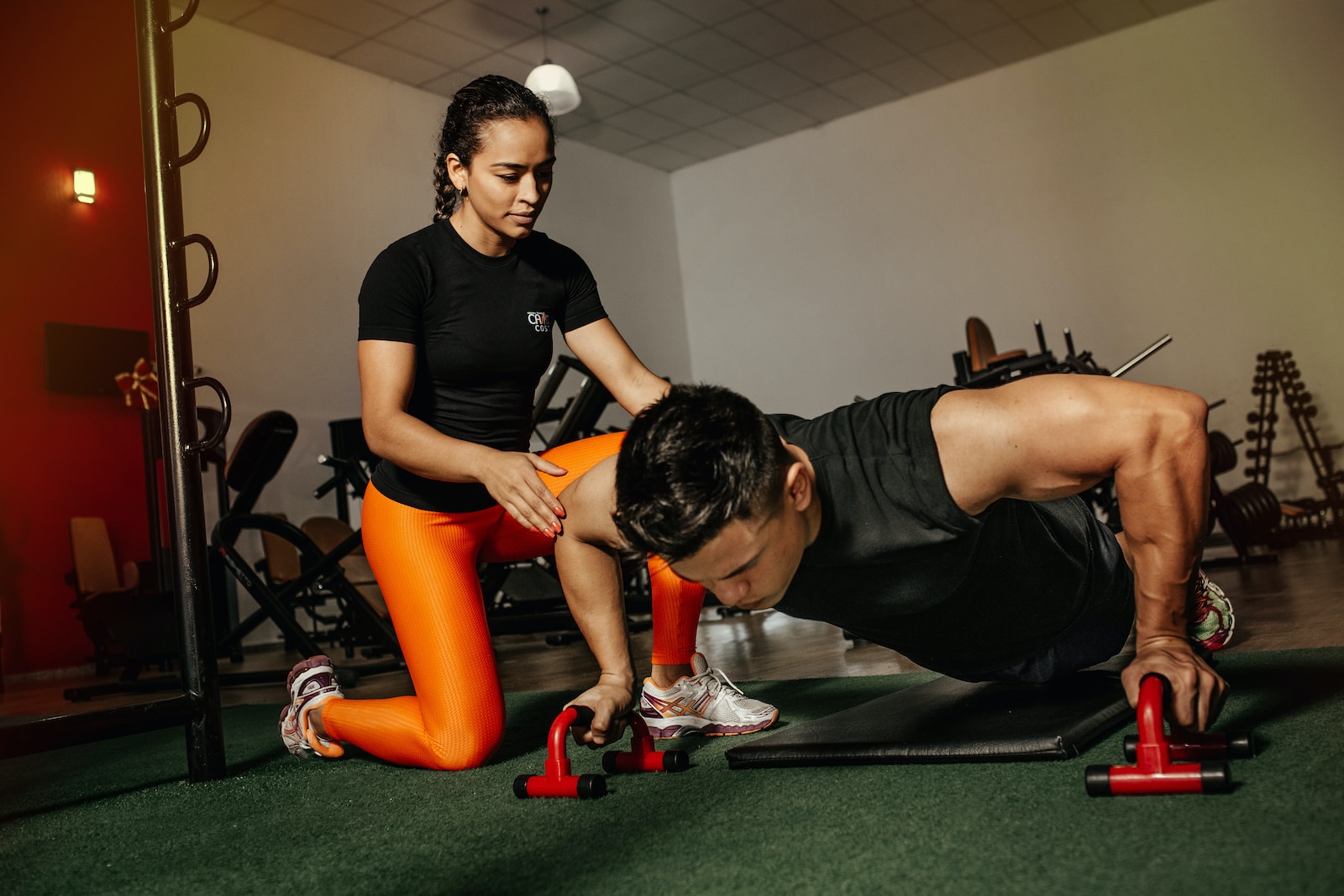
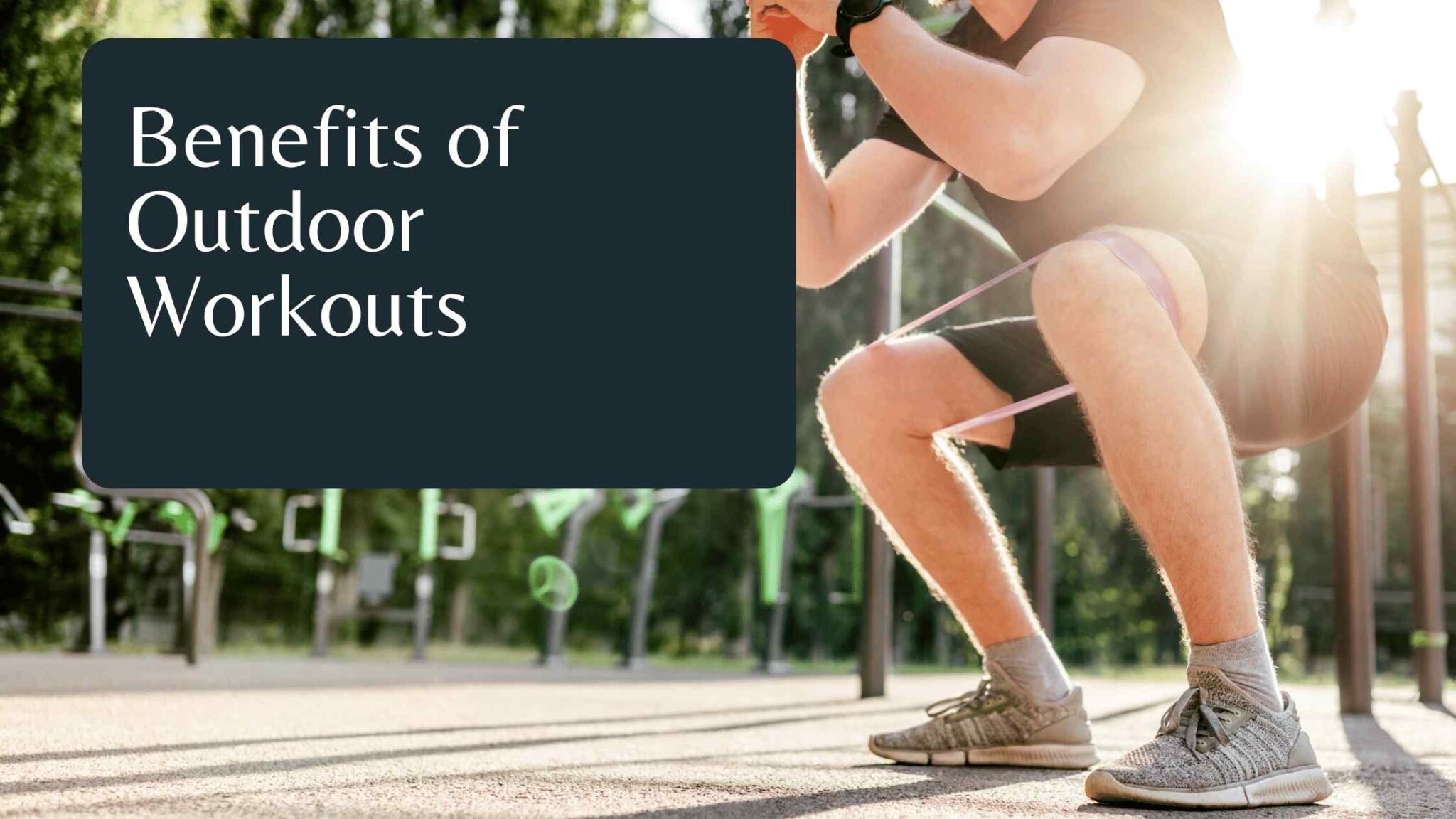


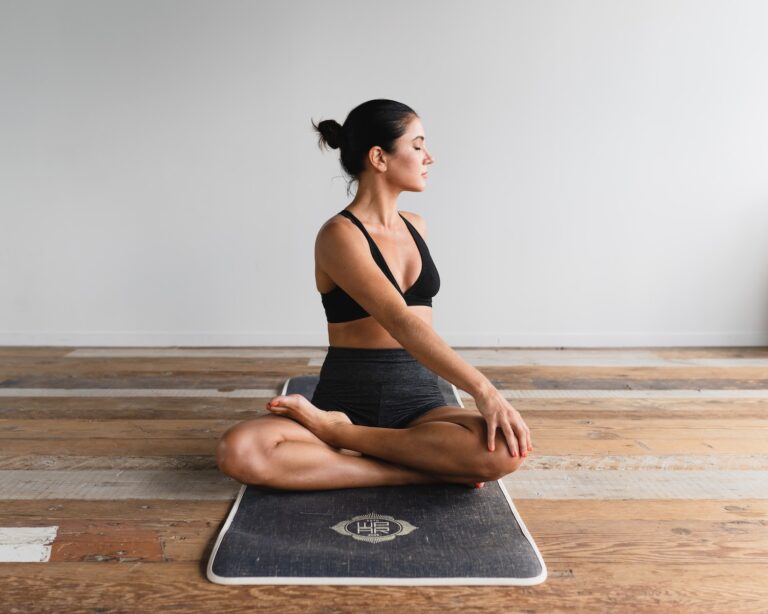
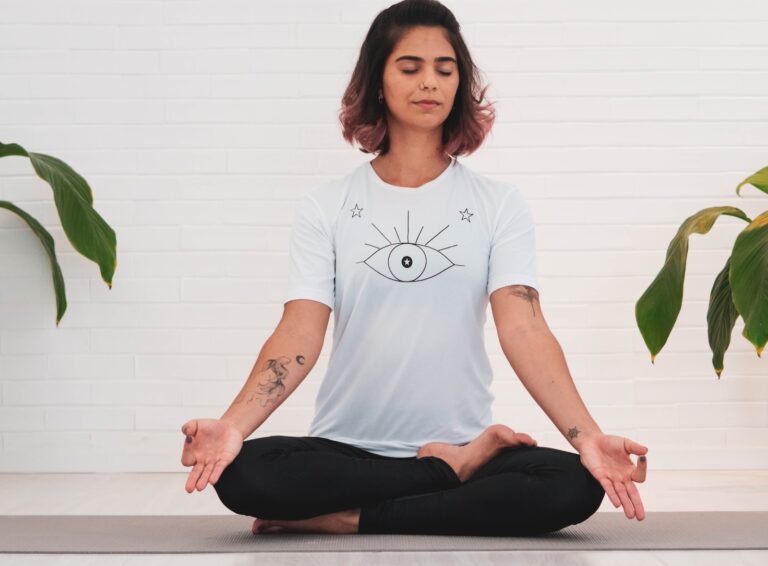
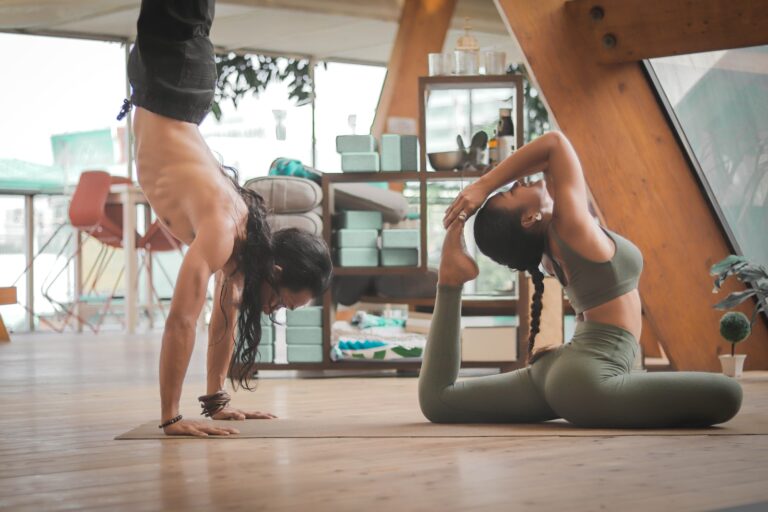
4 Comments